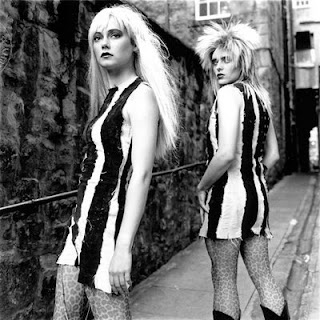First off- I read this all last night and found it hard to relate without being too opinionated. I figured to wait it out a little and see what the other blogs had to say.
I find it difficult to relate to a country that I’ve never been to that has a different political system than ours. And also has such a restrain on what information that is being passed on to the rest of the world. They’ll stop filming from happening in places that would make them look like a lesser super power. Artists still found a way get their view across.
 For example- the 2008 Olympics was an attempt at fairness by allowing the people to have “protest-permits” but were ultimately denied or detained in attempt to silence them.
For example- the 2008 Olympics was an attempt at fairness by allowing the people to have “protest-permits” but were ultimately denied or detained in attempt to silence them. “Two elderly women from Beijing, aged 77 and 79, who applied five times to protest during the Olympics against what they believed was inadequate compensation for the demolition of their homes in Beijing in 2001,[124] received a suspended one-year non-judicial sentence of re-education through labour for "disturbing the public order".” –Washington Post
Also- the doctoring of fireworks was an attempt to make a larger display to show off China’s “progress” (whatever that may be.)
“As the ceremony got under way with a dramatic, drummed countdown, viewers watching at home and on giant screens inside the Bird's Nest National Stadium watched as a series of giant footprints outlined in fireworks processed gloriously above the city from Tiananmen Square.
What they did not realise was that what they were watching was in fact computer graphics, meticulously created over a period of months and inserted into the coverage electronically at exactly the right moment.
The fireworks were there for real, outside the stadium. But those responsible for filming the extravaganza decided in advance it would be impossible to capture all 29 footprints from the air.” –London Telegraph
Freedom of press coverage was also promised, but not delivered. There were to be no live reporting from Tiananmen Square for fear of rioting and protests.
 …
…The readings and info for this week…
Youtube (1 and 2)-
Tiananmen Square Massacre with the gunshots was just like the heads being bashed in from behind. Only the army had the guns. “Might of the state”
“Cameras in others hands are dangerous.” You can portray the truth as you want it or show the truth in general that may not want to be shown. Again the “might of the state” monopolizing what is to be shown to the public of the protests happening inside the square. This was getting out of hand of the government and they didn’t want this embarrassing moment to be shown.
 Again, they (the state) didn’t want to be perceived as weak, or as failures.
Again, they (the state) didn’t want to be perceived as weak, or as failures.
Reversed Images: Representations of Shanghai and Its Contemporary Material Culture and Contemporary Chinese Art-
An awesome array of artists that followed what they wanted to say and made their art through photography, collage, graphic design and other media such as texture rubbings on buildings to be demolished.
Dateline’s Ghost city and the Made in China-
 Showcasing the economic growth but how it’s an empty shell that could possibly be a horrible collapse of the market.
Showcasing the economic growth but how it’s an empty shell that could possibly be a horrible collapse of the market.


























